This blog post intends to serve as a guide for me on the two popular water roux methods: Tangzhong and Yudane. This guide is a collection of knowledge I have found on the internet as I underwent my milk bread journey. You can find a list of sources at the bottom of this post as well as in sections in this post where they are referenced.
Table of Contents
What is Tangzhong & Yudane?
Tangzhong is a gel-like roux made from cooking flour with a liquid.
Yudane is a gel-like roux made from combining flour with a hot boiling liquid.
By cooking the flour, the starches in the flour gelatinize allowing it to hold more moisture. This results in softer and fluffier bread that is more shelf-stable without needing to add additional fat.
Tangzhong Method
How to make:
To make Tangzhong, combine 1 part flour to 5 part liquid by weight (ex: 10g flour, 50g water) in a saucepan over medium heat. Cook the mixture, mixing continuously until it starts to thicken. It will thicken very quickly– reduce the temperature and continue mixing until a thick paste forms– think mash potatoes. Transfer to a container and let it cool to room temperature before using. Alternatively, store it in the refrigerator after cooling and bring it back to room temperature before using.
Adapting recipes to use Tangzhong
- Ensure that the recipe being adapted has a hydration of at least 75%. If the hydration is lower, adjust the recipe by adding more liquid so the hydration is 75%. See Common Ingredients & Hydration section below for a breakdown of common ingredients and their water content.
ex.
If a recipe calls for 200g flour and 130g of water, it has a hydration of 65%. To make the hydration 75%, we have to add 20g of water. So the resulting amount is: 200g flour and 150g of water. - Make the Tangzhong using 5-10% of the flour in the recipe. Deduct the flour and liquid amount used in the Tangzhong from the recipe.
ex:
original recipe: 200g flour, 150g water (75% hydration)
Adapted:
Tangzhong: 16g flour, 80g water (8% of total flour)
adjusted recipe: 184g flour, 70g water
Summary
| % of total flour | 5-10% |
| Flour to liquid ratio | 1:5 |
| Ready to use | As soon as it cools to room temperature |
| How to add | Mix with wet ingredients |
| Example | Original recipe: 200g flour, 150g water (75% hydration) Adapted recipe: Tangzhong: 16g flour, 80g water (8% of total flour) 184g flour, 70g water |
ref: King Author
Yudane Method
How to make:
To make Yudane, combine even part flour and boiling liquid together (ex: 50g flour, 50g water). Cover and let rest overnight or for at least 8 hours before using. Alternatively, you can store it in the refrigerator and bring it back to room temperature before using it. The long rest time allows the starches to gelatinize and for the dough to develop flavor.
Adapting recipes to use Yudane
- Ensure that the recipe being adapted has a hydration of at least 75%. If the hydration is lower, adjust the recipe by adding more liquid so the hydration is 75%. See Common Ingredients & Hydration section below for a breakdown of common ingredients and their water content.
ex.
If a recipe calls for 200g flour and 130g of water, it has a hydration of 65%. To make the hydration 75%, we have to add 20g of water. So the resulting amount is: 200g flour and 150g of water. - Make the Yudane using 20% of the flour in the recipe. Deduct the flour and liquid amount used in the Yudane from the recipe.
ex:
original recipe: 200g flour, 150g water (75% hydration)
Adapted:
Yudane: 40g flour, 40g water (20% of total flour)
adjusted recipe: 160g flour, 110g water
Summary
| % of total flour | 20% |
| Flour to liquid ratio | 1:1 |
| Ready to use | 8 hours |
| How to add | Tear into small pieces and add to wet ingredients |
| Example | Original recipe: 200g flour, 150g water (75% hydration) Adapted recipe: Yudane: 40g flour, 40g water (20% of total flour) 160g flour, 110g water |
ref: Chopstick Chronicles, Top40 Recipes
Which method?
The most apparent difference between the two methods is the time till ready to use. Tangzhong can be used as soon as it cools to room temperature while Yudane should be rested for about 8 hours. Yudane is simpler to make however, incorporating Yudane into the dough is more difficult since the mixture is stiffer.
As for results, there isn’t a consensus on any major differences between using one method over the other. DICED reported that the Yudane method saw more rise but tighter crumbs while the Tanzhong method saw less rise but was softer and fluffier. I performed my own experiment by making milk bread rolls using both methods and found no clear differences in the texture. Both of the milk bread rolls came out soft and fluffy. The is an apparent difference in milk bread rolls that do use one of the methods versus one that does not. So I suggest picking whichever method best fits in your baking schedule/routine. Here is a Pro Con chart that I outlined to help you make your decision.
Pro/Con Chart
| Pro | Con | |
| Tangzhong | – easy to mix into recipe since it is a wet paste – ready to use as soon as it cools to room temperature | – more effortful to make: need to cook over the stovetop |
| Yudane | – easy to make and minimal cleanup: just need to mix flour and hot liquid in a bowl | – long rest time: needs to be rested 8 hours – harder to mix in as the roux is thicker |
Comparison Chart
| Tangzhong | Yudane | |
| % of total flour | 5-10% | 20% |
| Flour to liquid | 1:5 | 1:1 |
| Ready to use | As soon as it cools to room temperature | 8 hours |
| Mixture type | gel-like paste | thick paste |
Common Ingredients & Hydration
Milk: 87% water
Heavy cream: 67% water
Large eggs: 74% water (1 large shelled egg weighs 50g)
Greek Yogurt / Sour Cream: 74%
Liquid sweeteners (e.g., honey): 17% water
American-style butter: 16% water
Vegetable oil: 0% water (100% fat)
ref: King Author
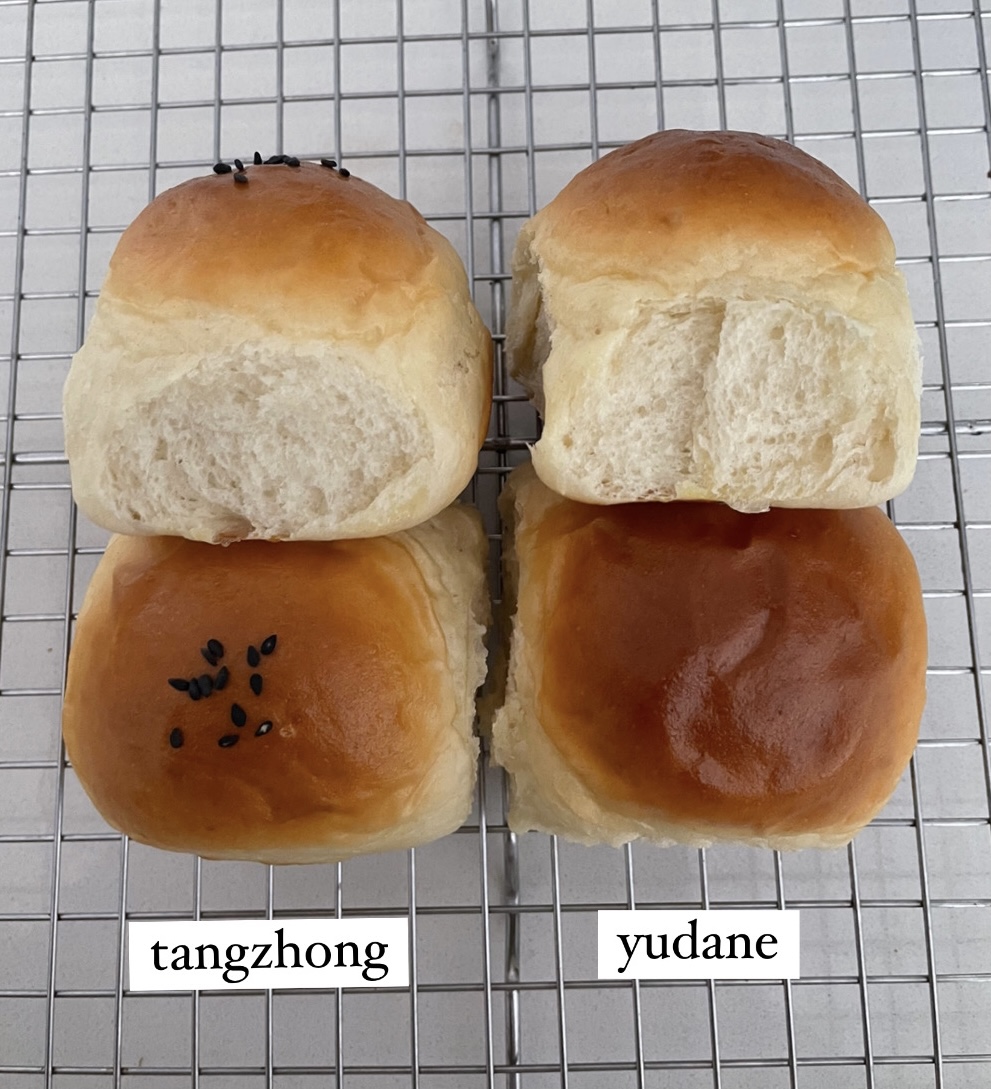






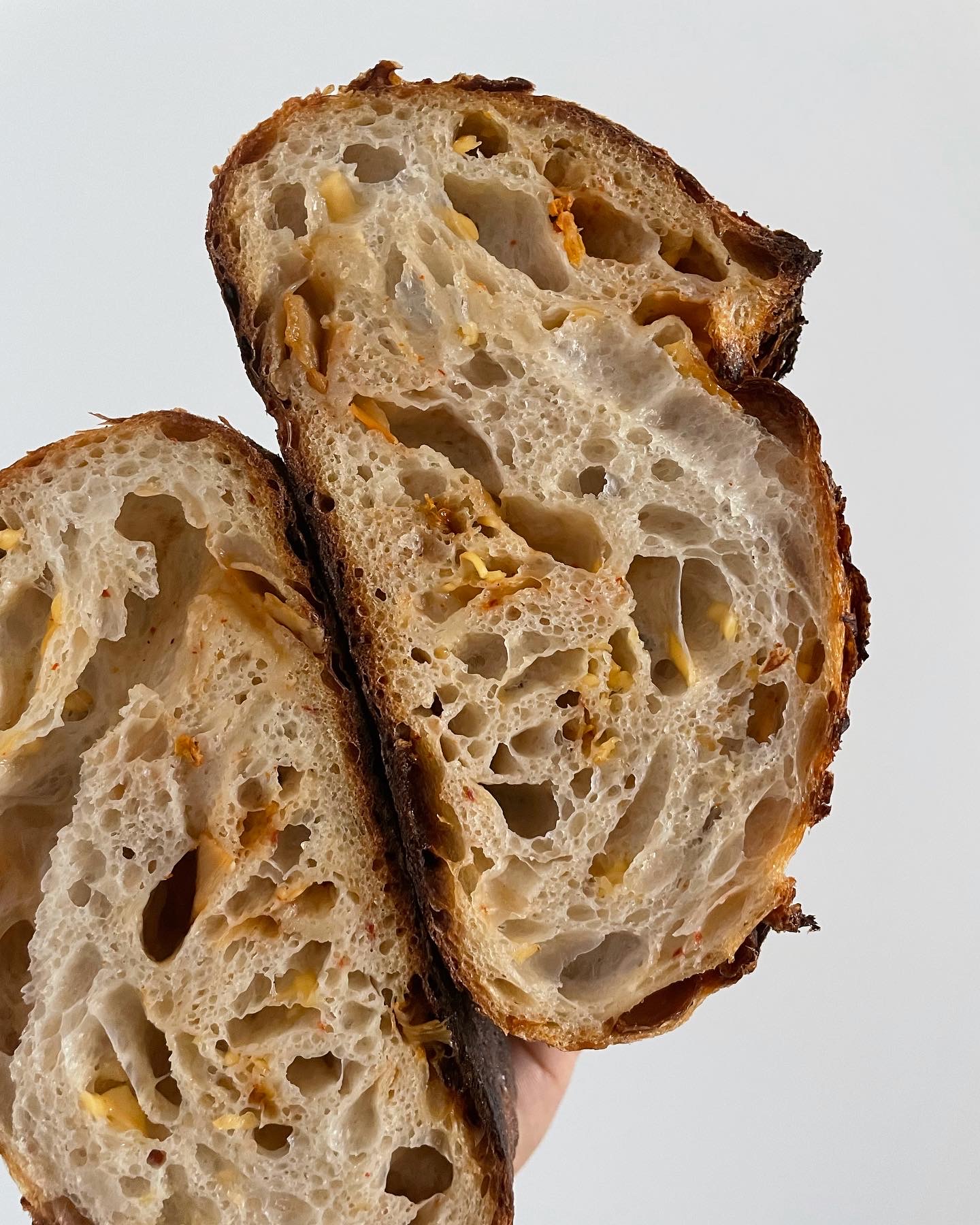

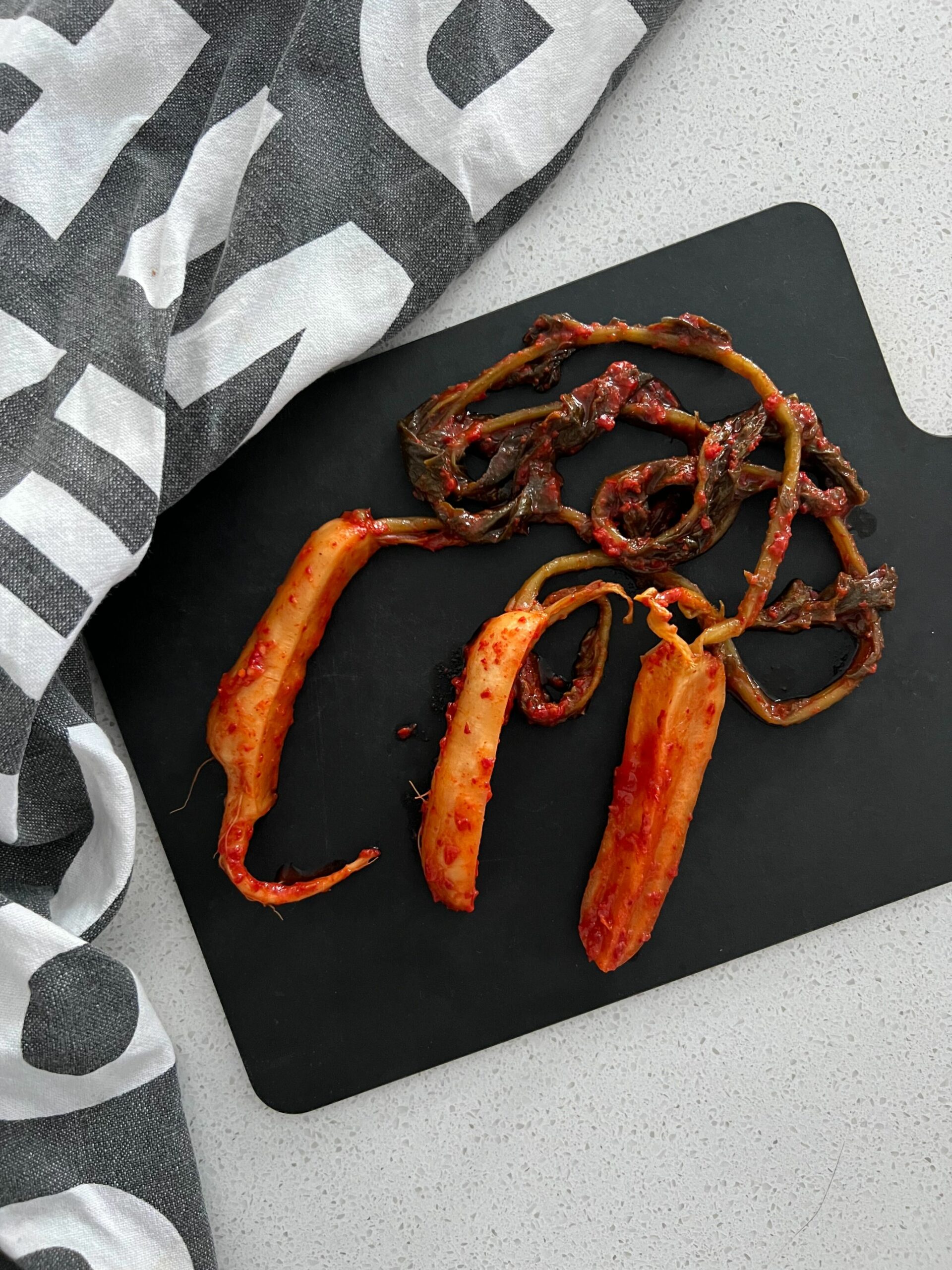
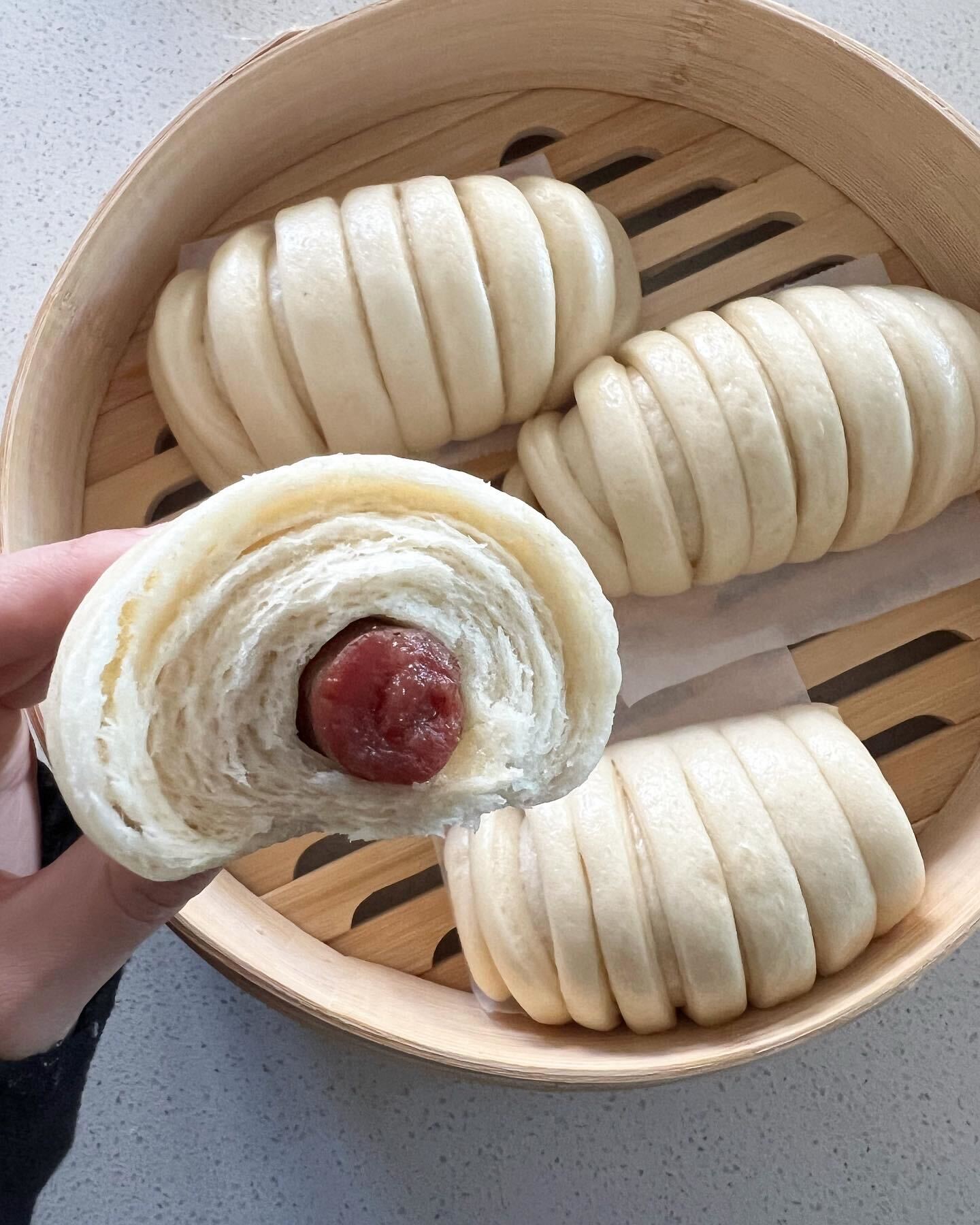
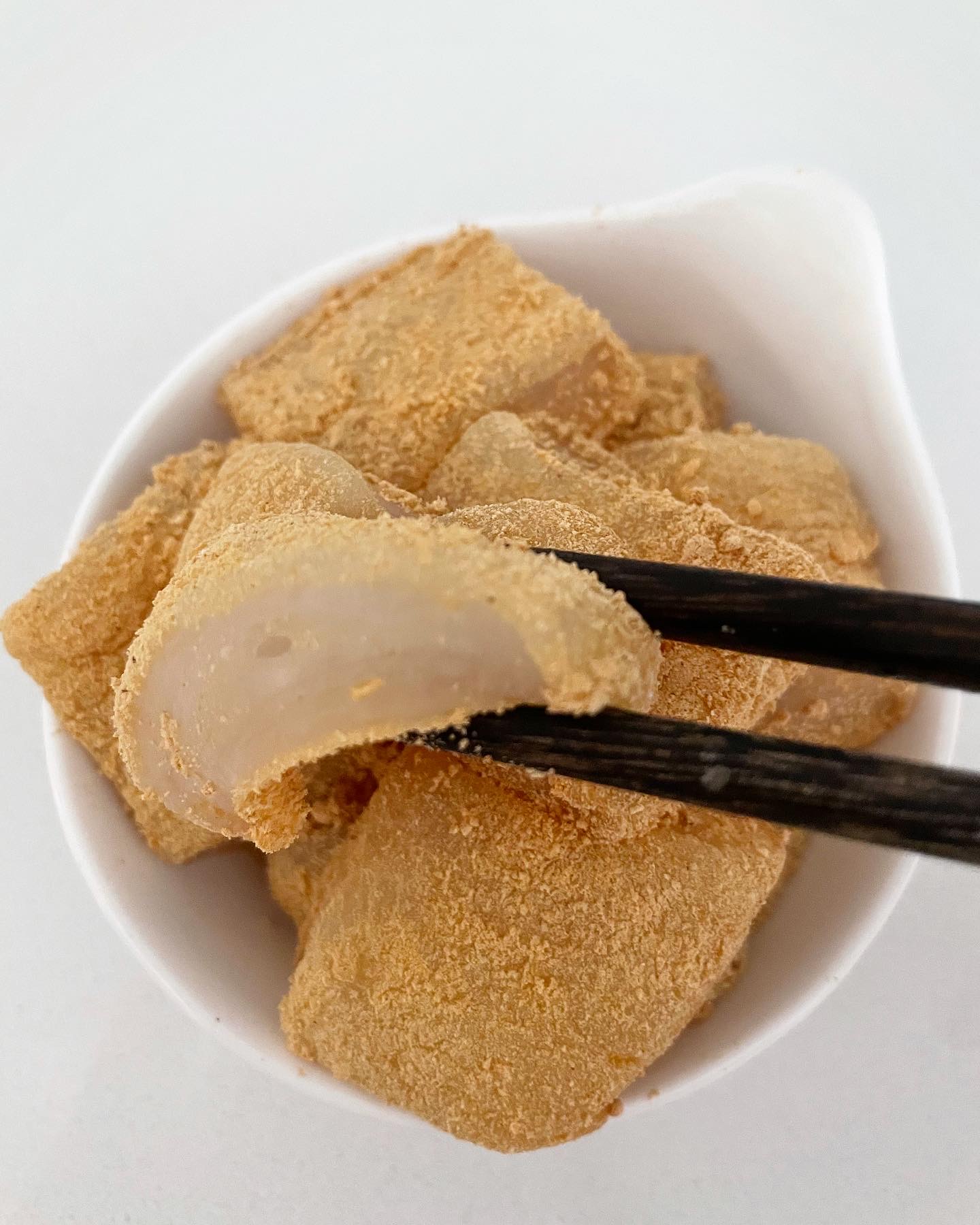
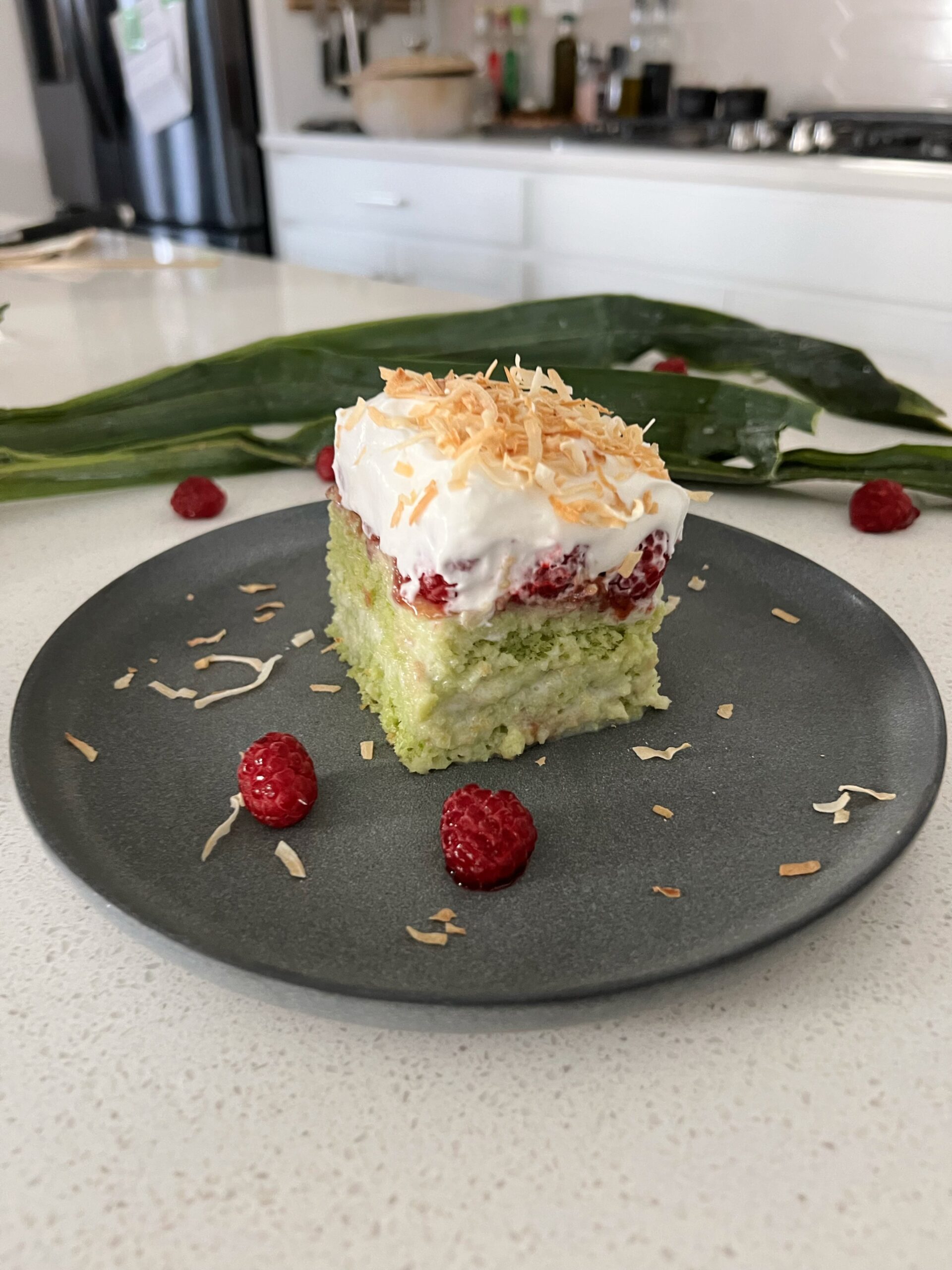
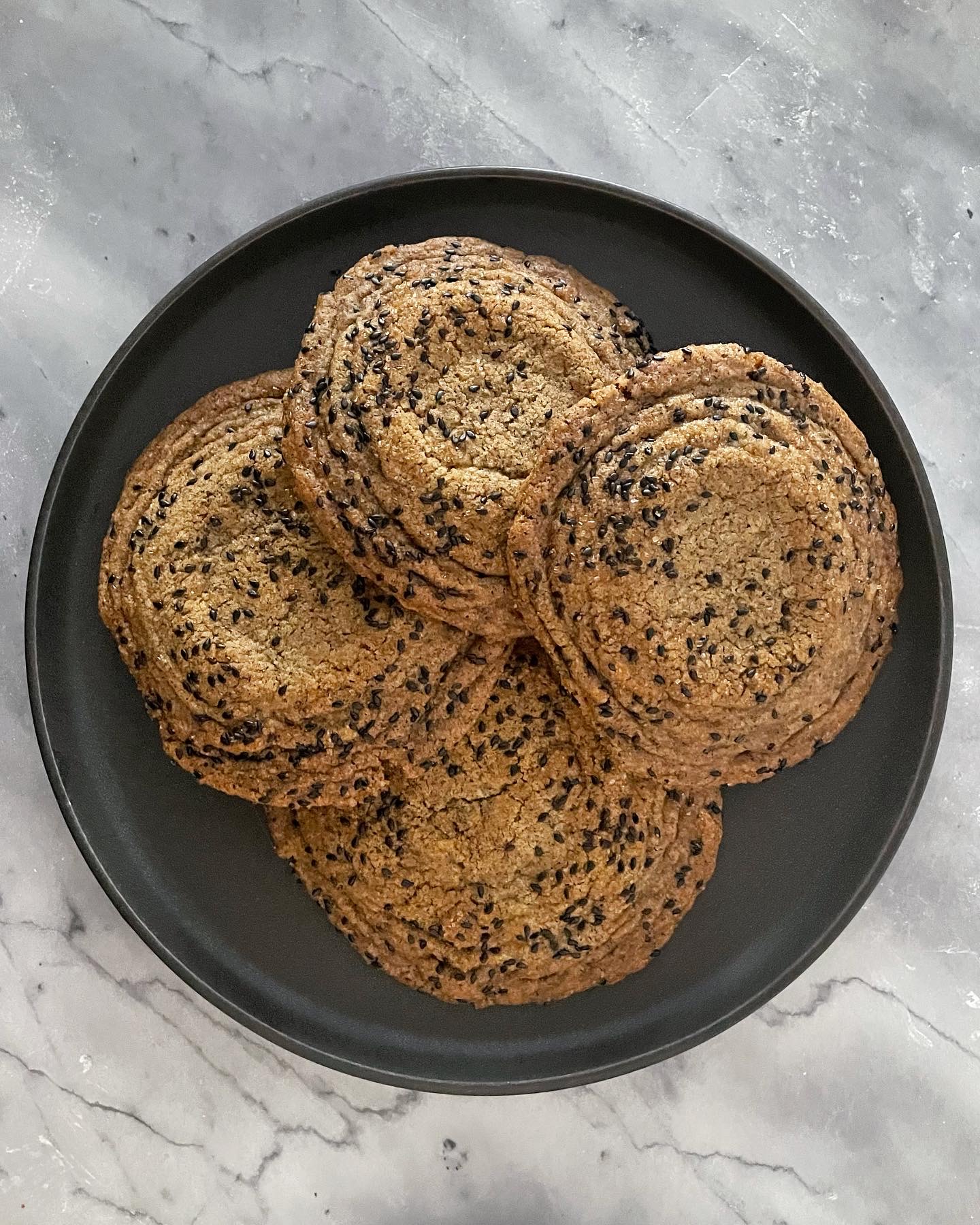
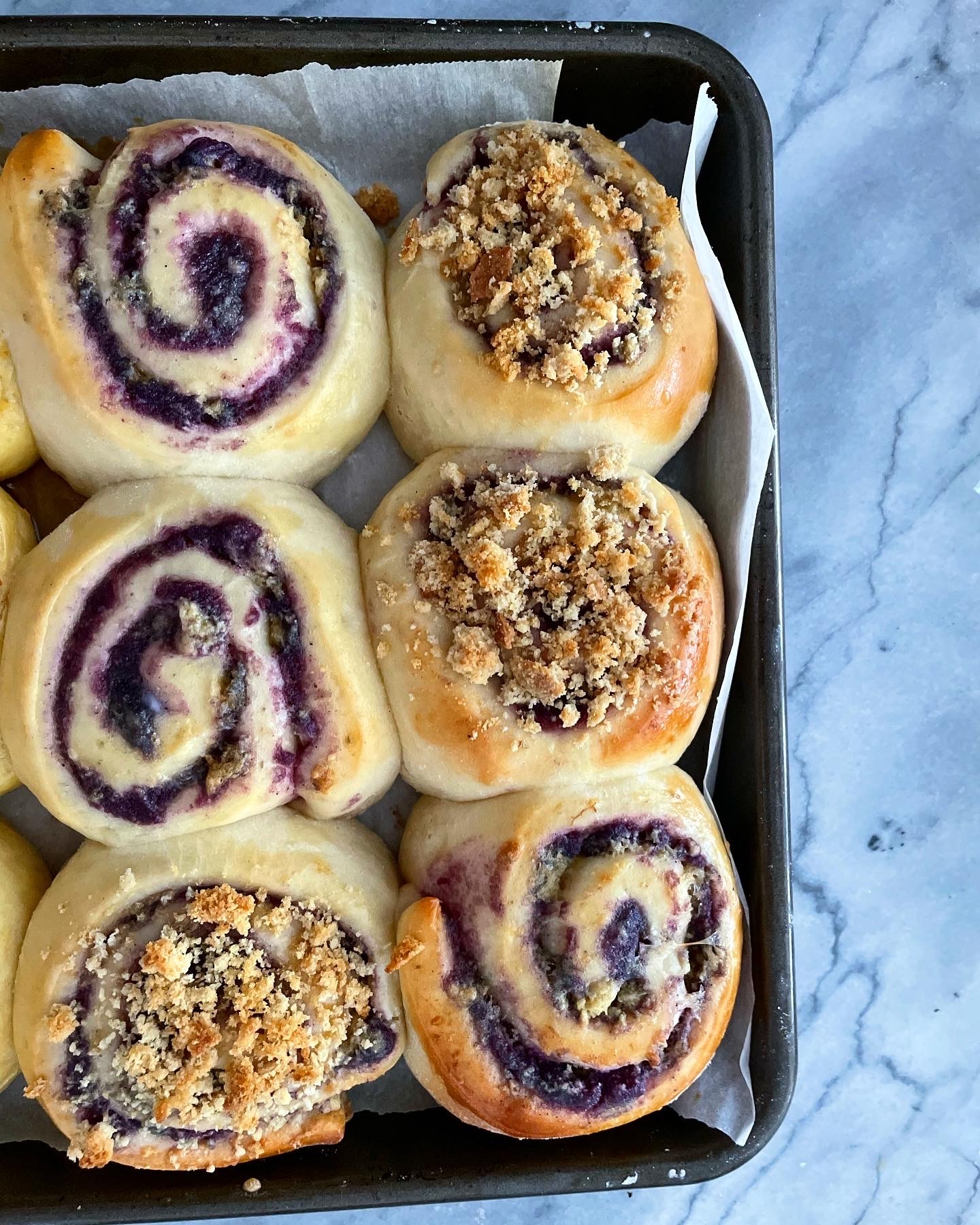
Leave a Reply